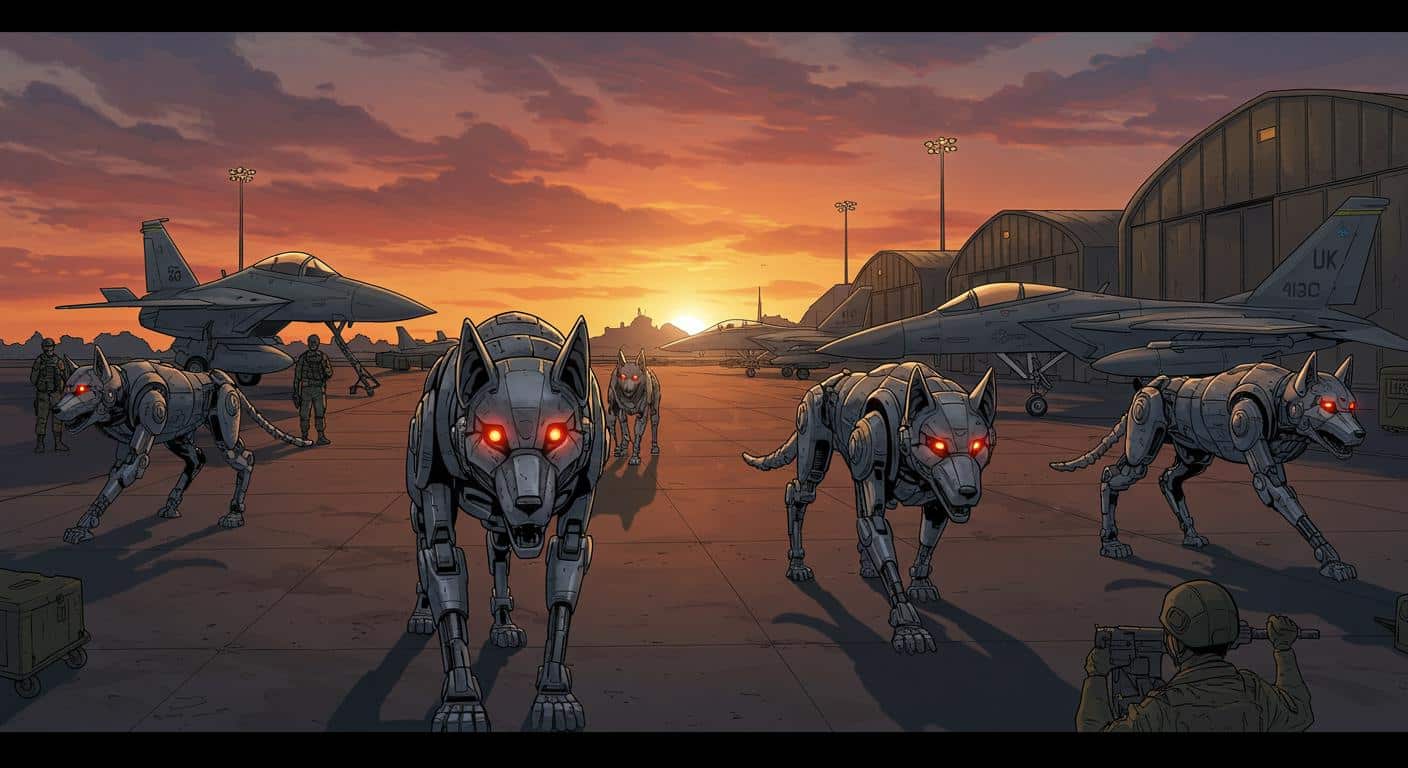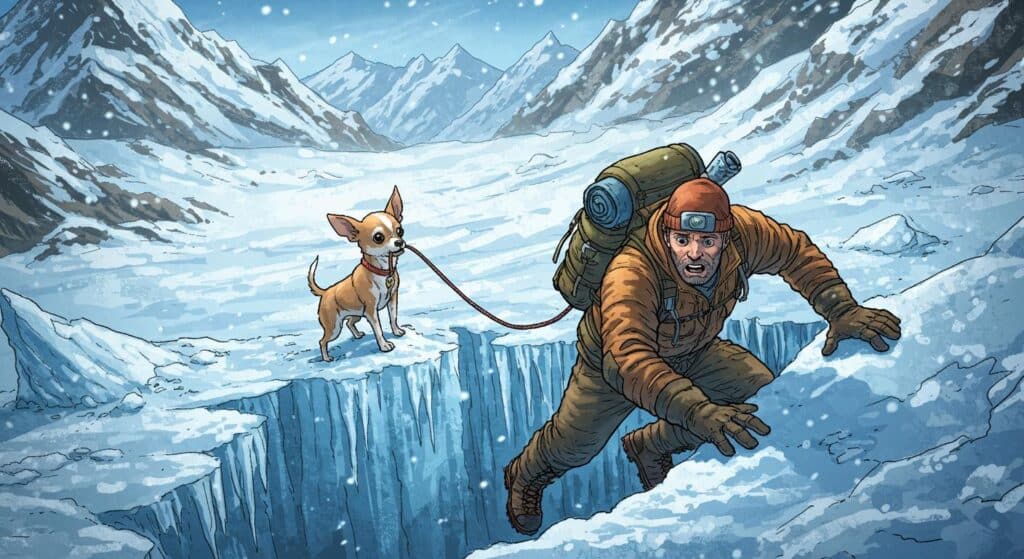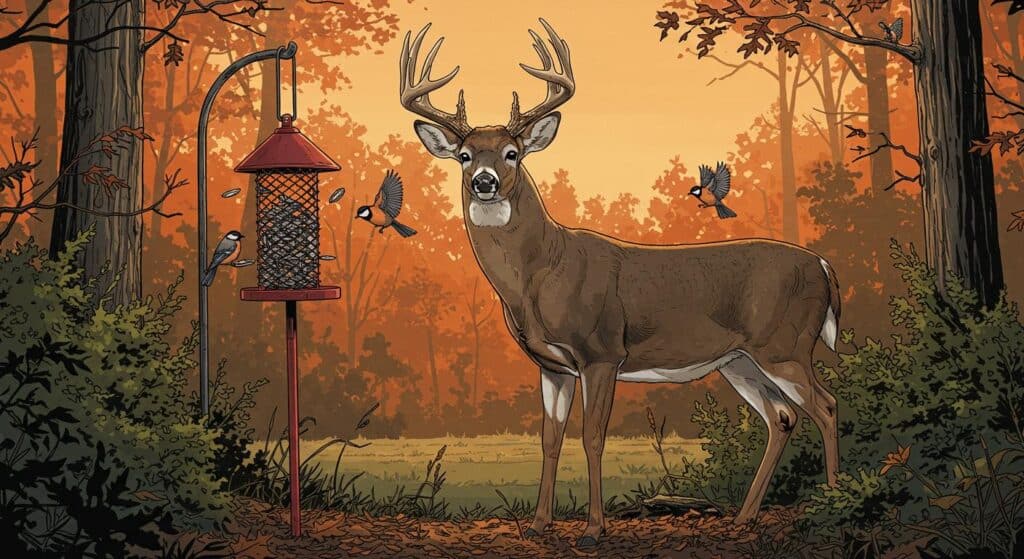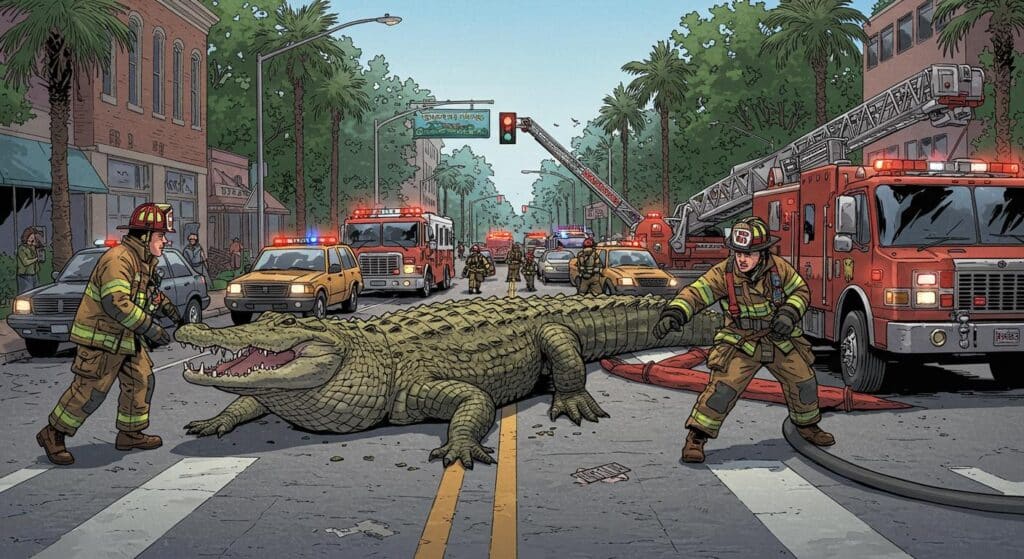Every so often, a headline lurches out of the data-noise that’s so perfectly strange it deserves a second glance. “The Air Force is testing robotic coyotes to protect fighter jets from wildlife” is, regrettably for fans of the truly bizarre, the kind of story that’s just out of reach: the original news article isn’t accessible, leaving us with more questions than answers and only the whisper of mechanical howling across the internet.
When the Source is a Phantom: Chasing Robo-Coyotes in the Wild
What can be said for certain? Well, not much—at least not with the level of archival documentation this story deserves. An unavailable article reportedly described a new U.S. Army initiative involving robotic coyotes deployed to airfields as a wildlife deterrent. The supposed logic behind the effort would be to keep errant birds and mammals away from runways, thereby reducing the risk of costly and dangerous animal-aircraft interactions. It’s easy to see why this would appeal to the military, given the long and occasionally slapstick history of nature versus high technology.
Unfortunately, without a working source to verify details, any mental image of animatronic predators slinking across tarmacs must remain just that: pure speculation. Are these elaborate, four-legged robots mimicking real coyotes with a Disney Imagineer’s precision? Or are we looking at plywood cutouts bearing a passing resemblance to their namesakes, relying more on wishful thinking than technological prowess? With the original reporting missing, it’s anyone’s guess.
Speculation, Silliness, and a Kernel of Plausibility
Still, the idea of using robotic animals to solve real-world logistical problems sits squarely at the intersection of the plausible and the delightfully ridiculous. There is precedent for creative animal deterrents (airport scarecrows, loudspeaker predators, inflatable tube men), so the jump to animatronic coyotes isn’t that far-fetched. However, questions multiply in the gap left by an unavailable source: If such robots exist, how do the birds respond? Do local coyotes investigate, perhaps with the canine equivalent of professional curiosity? Would the project require firmware updates in response to, say, particularly savvy geese?
Absent confirmation or footage, these questions remain unsubstantiated musings. The internet is littered with rumors about military animal robotics, but without documentation, they amount to the digital version of folklore—entertaining, but not reliable archival material.
Technological Tall Tales or the Next Chapter in Wildlife Management?
What lingers is not a factual report, but the irresistible image—a fleet of mecha-coyotes stalking the airside fringe, bravely defending million-dollar jets against flocks of birds. Whether the story is true or not, it fits nicely into the venerable tradition of human ingenuity confronting nature’s casual disregard for our most carefully laid plans.
In the end, all we have is the shape of an idea and a reminder: sometimes the weirdest stories are still those we can’t quite verify, left to wander somewhere between digital legend and reality. So if anyone spots a suspiciously mechanical canid on your next airport layover, please take a picture. There’s an archivist in Portland who would be very grateful for documentation.







